Are you facing difficulties in maintaining customer engagement and satisfaction? You’re not alone. Many businesses encounter challenges in consistently meeting customer expectations.
In the digital era, where customer interactions are crucial for business success, leveraging the right tools and technologies becomes imperative. There are so many tools that has revolutionized customer engagement strategies are CallRail, CTM, Invoca and many more they are the leading providers of call tracking and analytics software. In this comprehensive guide, we’ll explore how Computer Telephony Integration (CTI) solutions can help businesses enhance their customer interactions, streamline operations, and drive meaningful results.
Understanding CTI
CTI means Computer Telephony Integration which provides a strong set of tools and is designed to bridge the gap between phone systems with computer systems. It combines features like tracking calls, analyzing data, and automating tasks. CTI empowers businesses to optimize their customer interactions and extract valuable insights from every conversation.

Business Problems resolved using CTI
CTI serves many different purposes for businesses in different industries:
1. Manual Call Logging: CTI automates the process of logging calls, eliminating the need for sales reps to manually enter call details into Salesforce. This saves time and reduces errors.
2. Disconnected Systems: CTI integrates telephony systems directly into Salesforce, ensuring that call data is seamlessly captured and stored alongside other customer information.
3. Limited Visibility into Call Activities: CTI provides real-time call tracking and logging within Salesforce, giving sales reps and managers visibility into call activities and outcomes.
4. Inefficient Call Routing: CTI enables intelligent call routing based on predefined criteria such as caller identity, account ownership, or call type, ensuring that calls are directed to the appropriate sales reps or departments.
5. Poor Call Quality: CTI solutions often come with features to monitor and improve call quality, ensuring clear and reliable communication with customers.
6. Missed Opportunities for Follow-up: CTI can trigger automated follow-up actions, such as creating tasks or sending emails, based on call outcomes, ensuring that leads are promptly followed up on.
7. Limited Context during Calls: CTI can provide agents with contextual information from Salesforce about the caller, such as their purchase history or recent interactions, enabling more personalized and effective conversations.
8. Difficulty in Measuring Call Performance: CTI offers analytics and reporting tools that enable businesses to track key call metrics, such as call duration, conversion rates, and call outcomes, helping them assess and improve call performance.
9. Compliance Risks: CTI solutions often include features for call recording and compliance management, helping businesses adhere to regulatory requirements and industry standards.
10. Disconnected Customer Experience: By integrating telephony systems with Salesforce, CTI ensures a seamless customer experience where calls are seamlessly integrated with other touchpoints, such as emails and meetings, providing a holistic view of customer interactions.
Installation and Configuration Steps
To leverage CTI solutions effectively, businesses can follow these installation and configuration steps:
1. Account Setup: Create an account on the CTI platform.
2. Package Installation: Install the CTI package as per your requirement follow the on-screen instructions for seamless integration.
In this blog, we will see how to set up the Invoca tool. Here are the steps to follow for using the Invoca tool.
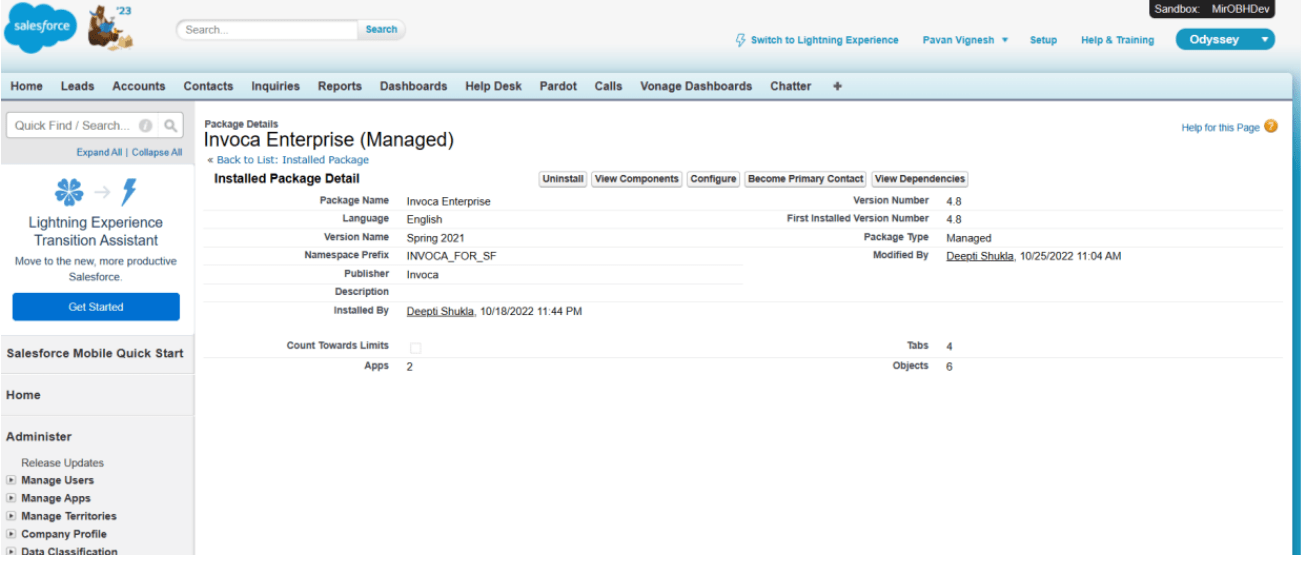
3. Integration Configuration: Customize integration settings to align with business requirements, including caller identification, call routing rules, call recording preferences, and analytics integration.
- Call Duration Filter: This setting allows users to specify a minimum or maximum duration for calls to be tracked or analyzed, helping businesses focus on meaningful interactions.
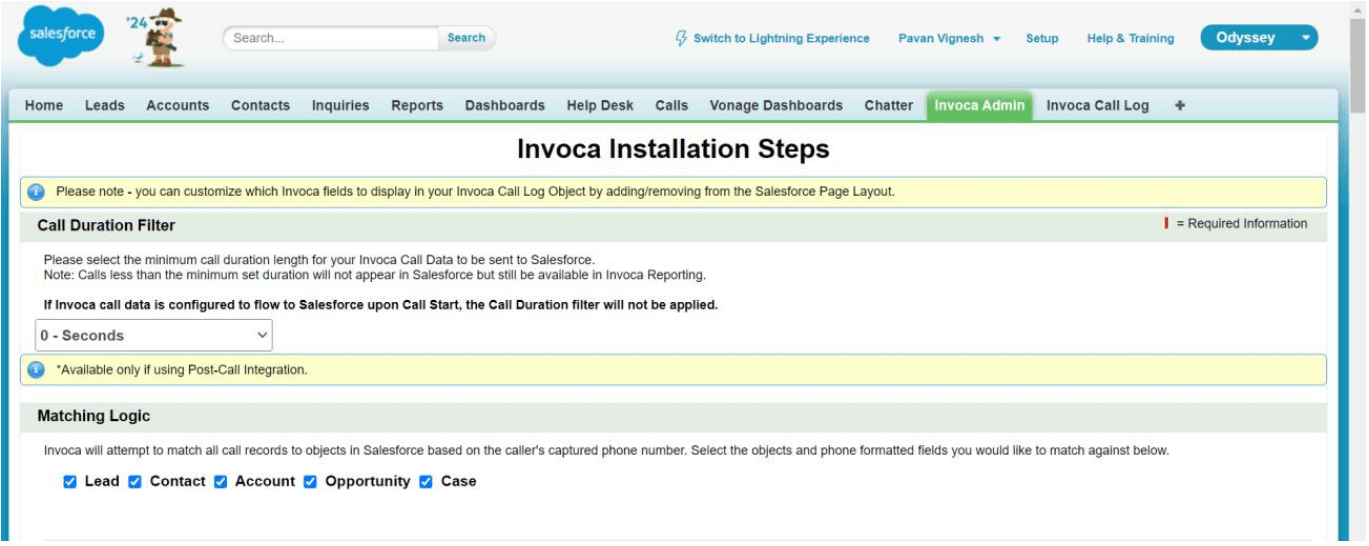
- Matching Logic: Configuring the Matching Logic involves setting rules for how Invoca matches incoming calls to specific marketing campaigns or keywords, ensuring accurate attribution.
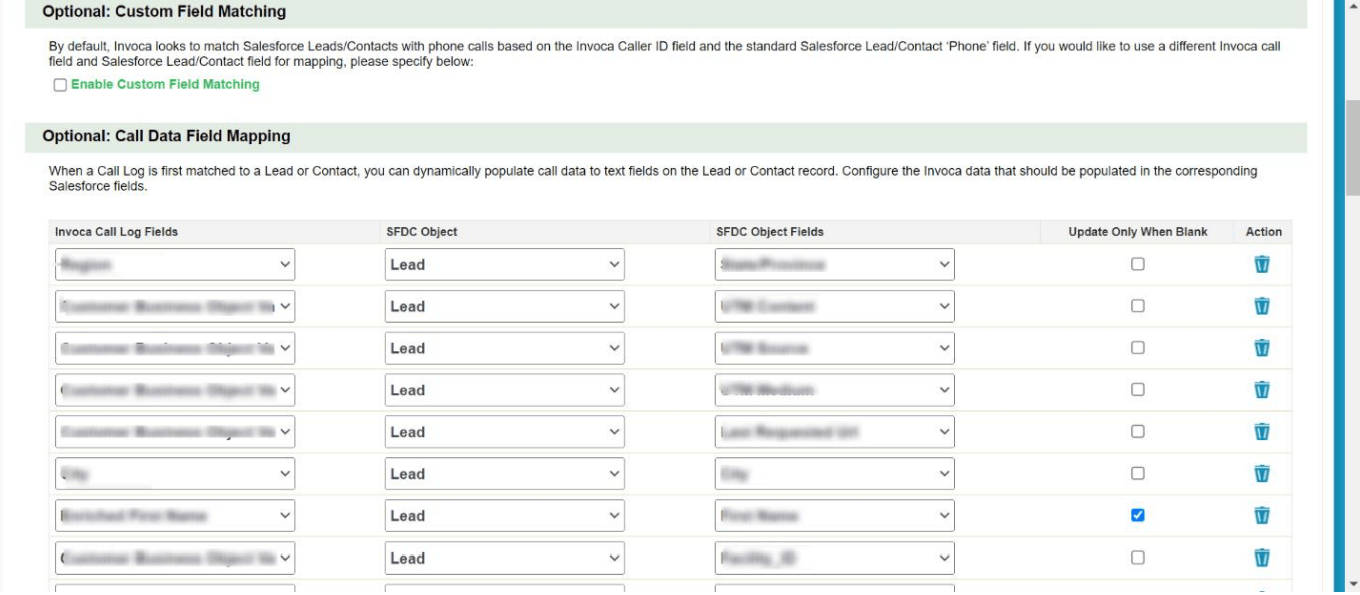
- Matchback Window: The Matchback Window determines the timeframe during which a call can be matched back to a specific marketing interaction or campaign, allowing users to control the attribution of calls within a defined period.
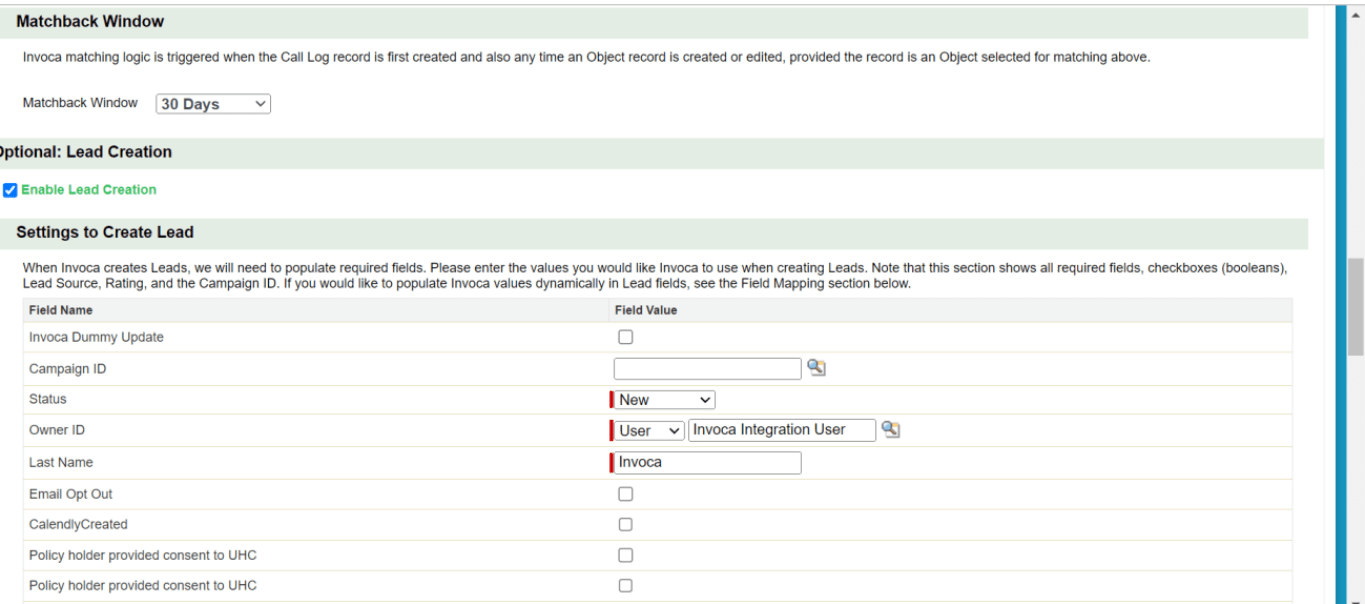
- Lead Creation: This step involves setting up Invoca to create leads in CRM systems for incoming calls that meet certain criteria, facilitating efficient lead management and tracking.
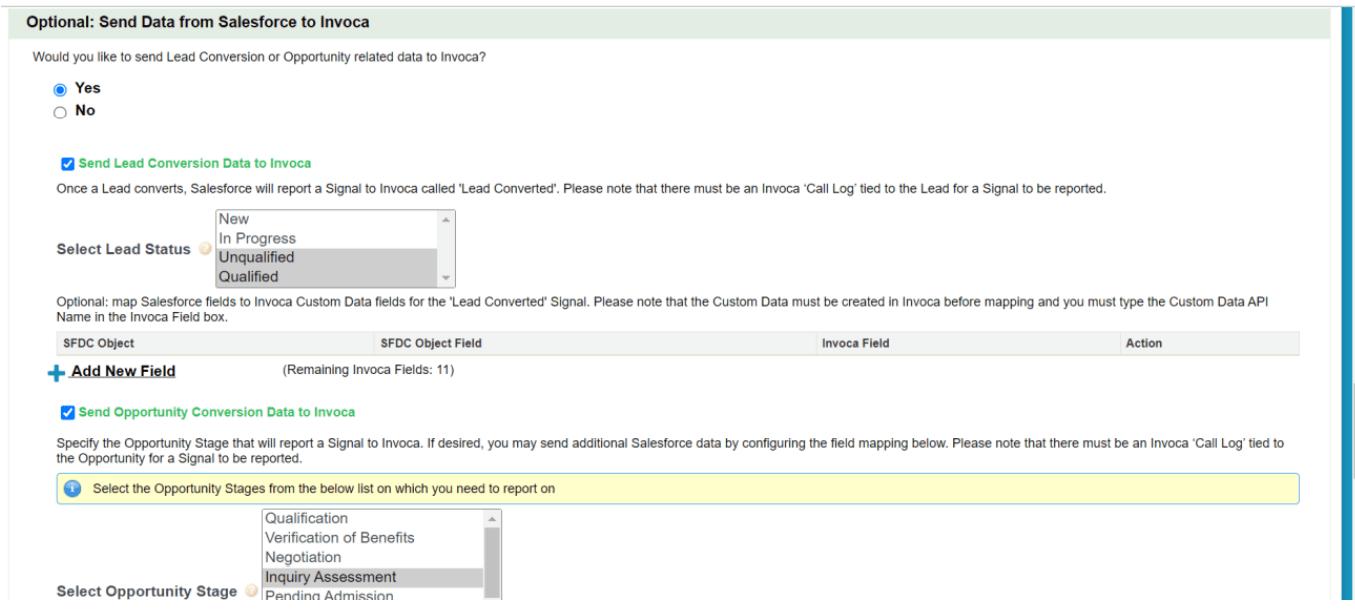
- Configure Invoca Console: Configuring the Invoca Console includes setting up user accounts, permissions, and preferences, ensuring users have access to the necessary features and data for effective call tracking and analysis.
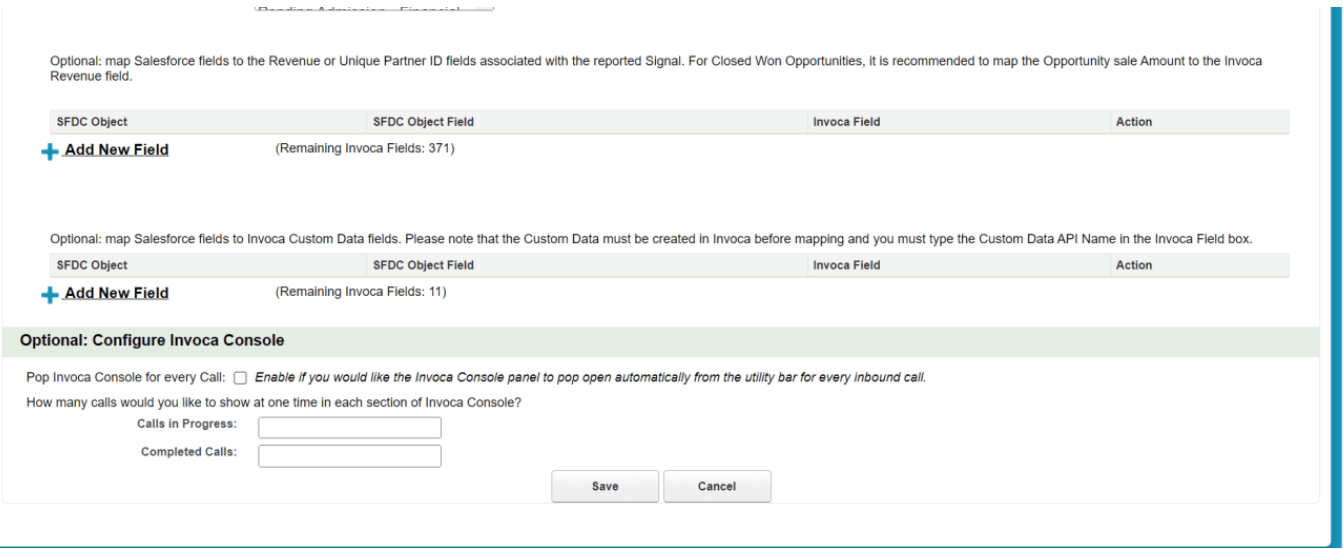
- Testing: Conduct thorough testing to ensure the functionality and effectiveness of the installed CTI package, addressing any issues or discrepancies promptly.
Benefits & Considerations of CTI
- Improved Efficiency: CTI streamlines communication processes by integrating phone systems directly into Salesforce, allowing sales reps to make and receive calls without switching between applications.
- Enhanced Productivity: With CTI, sales reps can access caller information and relevant Salesforce records automatically when a call comes in, reducing the time spent on manual data entry and enabling them to focus more on selling.
- Personalized Interactions: CTI provides sales reps with immediate access to customer data, enabling them to tailor their conversations based on past interactions and preferences, leading to more personalized customer experiences.
- Real-Time Insights: CTI integration captures call data and logs it directly into Salesforce, providing managers with real-time visibility into call activity, call duration, and outcomes, facilitating better decision-making and performance monitoring.
- Improved Collaboration: CTI enables seamless collaboration among team members by allowing them to view call logs, notes, and updates in real-time, promoting better coordination and knowledge sharing.
Considerations:
- Implementation Complexity: Integrating CTI with Salesforce may require custom development or third-party solutions, which can be complex and time-consuming.
- Training Needs: Sales reps and administrators may require training to effectively utilize CTI features and maximize its benefits, especially if they are not familiar with the technology.
- Data Security: CTI integration involves transmitting and storing sensitive customer data within Salesforce, necessitating robust security measures to protect against data breaches and unauthorized access.
- Compatibility Issues: Ensuring compatibility between the CTI solution and Salesforce, as well as with existing phone systems, may pose challenges and require thorough testing and configuration.
- Cost: CTI integration typically involves subscription fees for the CTI solution, as well as potential costs associated with customization, maintenance, and support, which should be factored into the overall budget.
CTI solutions offer a powerful toolkit for businesses seeking to optimize their customer engagement strategies, streamline operations, and drive meaningful results. By leveraging call tracking, analytics, automation, and personalization features, businesses can enhance customer interactions, improve operational efficiency, and gain valuable insights that inform decision-making and fuel growth. While there are considerations such as cost, integration complexity, and dependency on telephony infrastructure, the benefits of using CTI far outweigh the challenges, making it an asset for businesses looking to succeed in today’s competitive landscape.
Leave A Comment